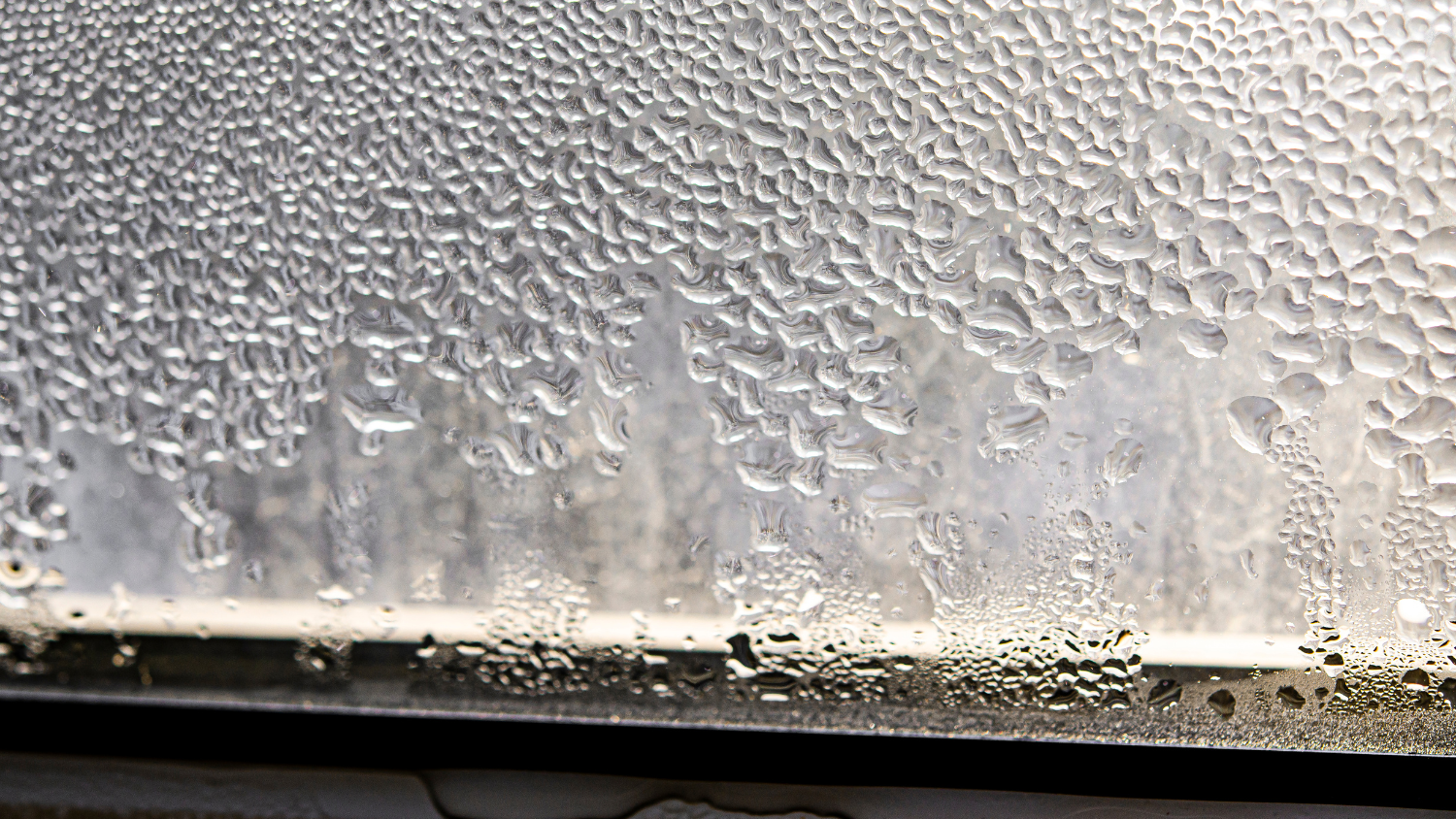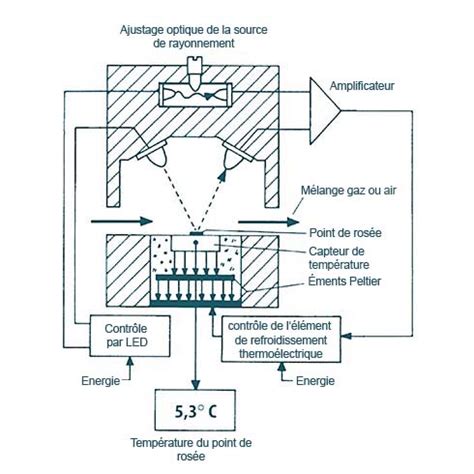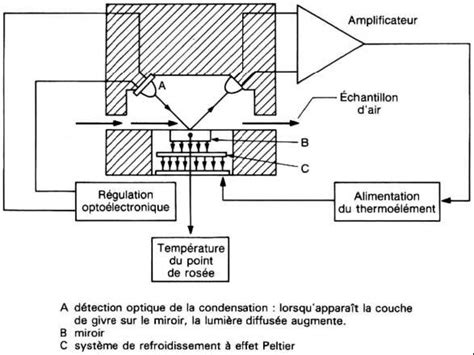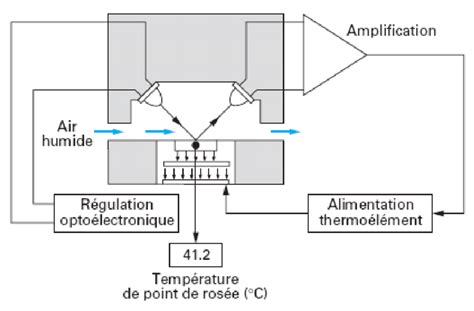09 May 2025
Dew Point Measurement: Psychrometric Calculation vs. Direct Measurement

Dew point temperature is a key parameter in many applications, from ambient air monitoring and HVAC control to industrial compressed air systems. However, the method used to determine dew point can vary significantly depending on the context — and choosing the right instrument is essential. We're often asked whether dew point measurement is a psychrometric calculation or a direct measurement.
It's a good question! So let's break it down in this article.
Dew Point in Ambient Air vs. Compressed Air
In HVAC and indoor climate control, dew point is often calculated based on ambient conditions — typically from temperature and relative humidity using psychrometric equations. This is suitable for comfort monitoring or condensation prevention, where extreme accuracy is not always required and environmental changes are gradual.

Operation of a capacitive sensor used in psychrometric measurements.
In contrast, measuring the dew point in compressed air — for industrial, medical, or food-grade systems — requires much greater precision. Here, we’re dealing with very low humidity levels and high pressures, where even minor moisture traces can affect equipment and processes. In such cases, direct dew point measurement is the only reliable method.
Direct Measurement vs. Psychrometric Calculation
Many handheld humidity meters or room sensors include a calculated dew point reading derived from temperature and relative humidity data. These readings are fast and practical for general use but rely heavily on the accuracy of both base values and sensor stability. They're often adequate for ambient air, but can become unreliable in more demanding settings.

Diagram explaining how a cooled mirror detects the dew point by visible condensation
Direct dew point measurement, on the other hand, is performed by specialized sensors — such as chilled mirror or polymer-based sensors — designed for precise readings even at very low moisture levels. These instruments, whether portable or permanently installed, provide true dew point values by detecting the exact temperature at which water vapor begins to condense, with no calculation required.
Why a Simple Portable Device May Not Be Sufficient
Using a basic ambient dew point meter in a compressed air line can result in inaccurate readings for two main reasons:
- Measurement range: Standard humidity sensors are not designed to measure ultra-low dew points.
- Pressure effects: Compressed air systems require probes that operate under pressure and account for changes due to gas compression.

Typical graph of relative humidity, dew point and other air properties
OPTIMAL DEW POINT MEASUREMENT
The most important thing to remember about dew point measurement is that it's essential to adapt the type of instrument to the intended application. Psychrometric calculations work well for ambient monitoring, while only direct measurement ensures accuracy and compliance in compressed air systems. Selecting the proper tool protects your equipment, ensures process quality, and avoids costly errors.
If you have any questions, don't hesitate to contact our team. Our experts at Chevrier Instruments will be delighted to advise you!